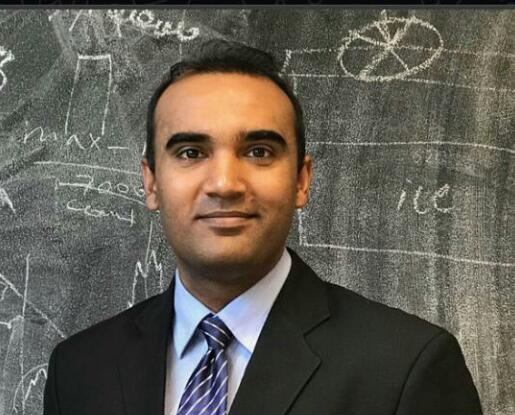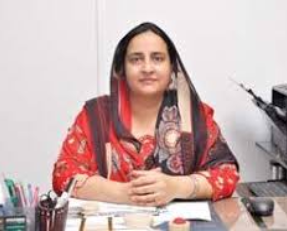Interdisciplinary Natural Sciences Organizing Committee intends to invite the participants across the globe to attend its annual conference. Intl IDN Conf 2022 attempts to unite a distinctive and world-class amalgam of researchers, scientists, analysts and leaders both from the research community and industry to trade their insight, experience and research advancements in the field of Natural Sciences. It will give an excellent scientific opportunity to gain the advanced developments and to reflect ideas and realities by discussing the practical challenges encountered and the solutions adopted. The scientific program would include Keynote & Plenary talks, Video Presentations, Poster Presentations, Oral Presentation and E-Posters.
Important Dates: 2023-01-22
 Prof Dr Robina Farooq Vice Chancellor GCWUF Prof Dr Robina Farooq Vice Chancellor GCWUF |
 Dr Imran Asghar Professor of Applied Physics, University of Alto, Finland Dr Imran Asghar Professor of Applied Physics, University of Alto, Finland |
 Dr Zill I Huma Nazli Chairperson Department of Chemistry GCWUF Dr Zill I Huma Nazli Chairperson Department of Chemistry GCWUF |
| About: |
| About: |
| About: |
| About: |
| About: |
| About: |
| About: |
| About: |
| About: |
| About: |
| About: |
| About: |
| About: |
| About: |
| About: |
| About: |
In concomitant with the said major themes this conference invites research papers on the following subthemes
TITLE:
The title of the article should be precise and brief and must not contain more than 120 characters. Authors should avoid the use of non-standard abbreviations and question marks in titles. The first letter of each word should be in capital letters except for articles, conjunctions and prepositions. The font size and style for title should be 14, bold, Times New Roman. There should be paper title, author(s) full name and affiliation, corresponding author(s) names and complete affiliation/address, along with phone, fax and email of corresponding authors.
ABSTRACT PREPARATION:
The authors should report innovative original scientific work substantially highlighting the scientific contribution towards the existing gap in the relevant field. The abstract should be clear, concise and accurate summary, having no more than 300 words. Use of abbreviations should be avoided and the references should not be cited in the abstract. Ideally, abstract should include the following sub-headings, but these may vary according to requirements of the article. Background Objective Methods Results Conclusion The font size and style should be 12 and Times New Roman
Important Note: Abstract should be submitted in PDF format
After evaluation of abstracts submitted to conference, recommended abstracts will be presented in poster session and evaluated by the technical committee to award/nominate the best posters.
Depending upon the domain of research poster can be prepared but the poster should have following components.
1.Title
2.Logos
3.Author’s name and affiliation
4.Keywords: 3-5
5.Introduction
6.Methods
7.Results
8.Conclusion and recommendations
7.Acknowledgments/further information
8.References
Poster size: ¾ ft